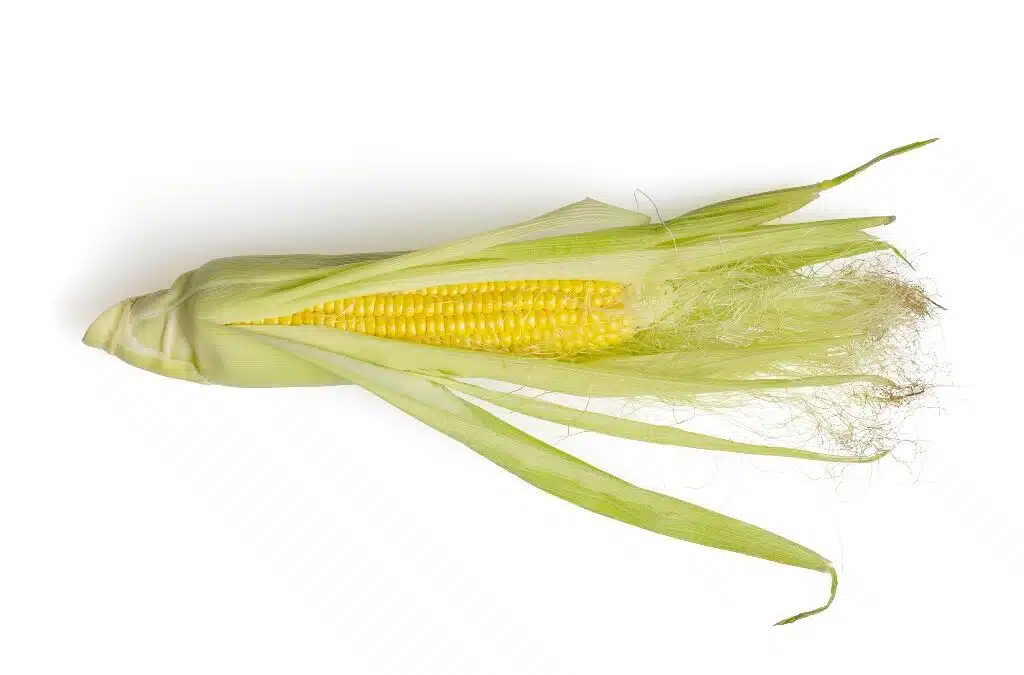Today’s topic: Organic corn. Over the years I’ve seen more than my share of business plans featuring “better” cookies, yoghurt, ice cream, muffins, salsa, bread, and other food products. Almost without exception these plans highlighted a founder’s secret recipe, one that utilized only the highest quality, organic ingredients. The appeal of using such ingredients is obvious. Consumers believe that organic products are healthier than conventional alternatives. After all, they contain no artificial preservatives, colors, or flavors and come from farms/facilities using no synthetic fertilizers, pesticides or other chemicals. Or do they?
A recent article in The New Yorker Magazine entitled, “The Great Organic Food Fraud” highlights the sad reality of current organic food regulation and enforcement in the United States. They are essentially toothless. There are nearly 100 different Organic Certifying Agents authorized by the USDA. After an initial certification of a farm or manufacturing location, the certifier typically shows up once a year to perform a follow-up inspection. That audit might take from a few hours to, perhaps, a full work shift depending on the circumstances. Afterwards, the system works primarily on faith . . . overlaid with paperwork.
The New Yorker article describes how for nearly twenty years that faith was misplaced when applied to the market for organic/Non-GMO corn. From 2001 to 2017, a slick-talking corn broker named Randy Constant sold many millions of bushels of non-organic corn as organic. In 2016 alone, when the entire organic corn output of Missouri and Nebraska was 2.4 million bushels, Constant sold 1.8 million bushels (over 100 million pounds) of mislabeled organic corn. If you purchased a nationally branded product containing organic corn meal or corn oil during that time period there is a good chance you were deceived.
Constant’s motivation was clear. Organic corn prices were about 20% higher than those of conventionally grown corn. He could make a quick profit by purchasing non-organic grain and, with some paperwork sleight-of-hand, pass it off as organic. That same organic price premium, that temptation, remains today. As a 2021 study detailed in Magnifymoney.com states:
“(With few exceptions) . . . organic items cost an average of 70.7% more than their conventional counterparts. Though the difference in prices is typically less than a dollar per pound/package/etc. for fruits and vegetables” the difference in meat pricing varies widely between conventional and organic.
So, if someone can mislabel tens of millions of pounds of corn a year for seventeen years without being caught, what is a consumer or food entrepreneur to do? Given the USDA’s limited budget and poor enforcement record, I suggest being more discerning. Do not rely on labels alone. For John Q. Public that means purchasing organic product from local sources. Such purchases involve fewer intermediaries and less likelihood of ingredient batches being mixed or misrepresented. For the entrepreneur using a contract manufacturer: Investigate supplying your own ingredients. While turn-key production quotes are appealing, one can still ship-in one’s own ingredients at smaller co-packing facilities; it’s worth exploring. Having representatives on-site for production runs is another step, as is spot testing of product. Such tests can (sometimes) detect artificial chemicals and other tell tales.
Lastly, know that this problem is neither new nor unique. Recent studies suggest that 40% of fish sold worldwide is mislabeled. Coffee labeling is similarly suspect. When we started Keurig it was no secret that yearly “Kona” coffee sales greatly exceeded annual Kona crop yields. One purchased Kona coffee with caution and only from certain vendors. I advise taking a similar approach when buying organic products. Caveat emptor.

Peter has spent the past twenty-plus years as an acting/consulting CFO for a number of small businesses in a wide range of industries. Peter’s prior experience is that of a serial entrepreneur, managing various start-up and turnaround projects. He is a co-founder of Keurig.

